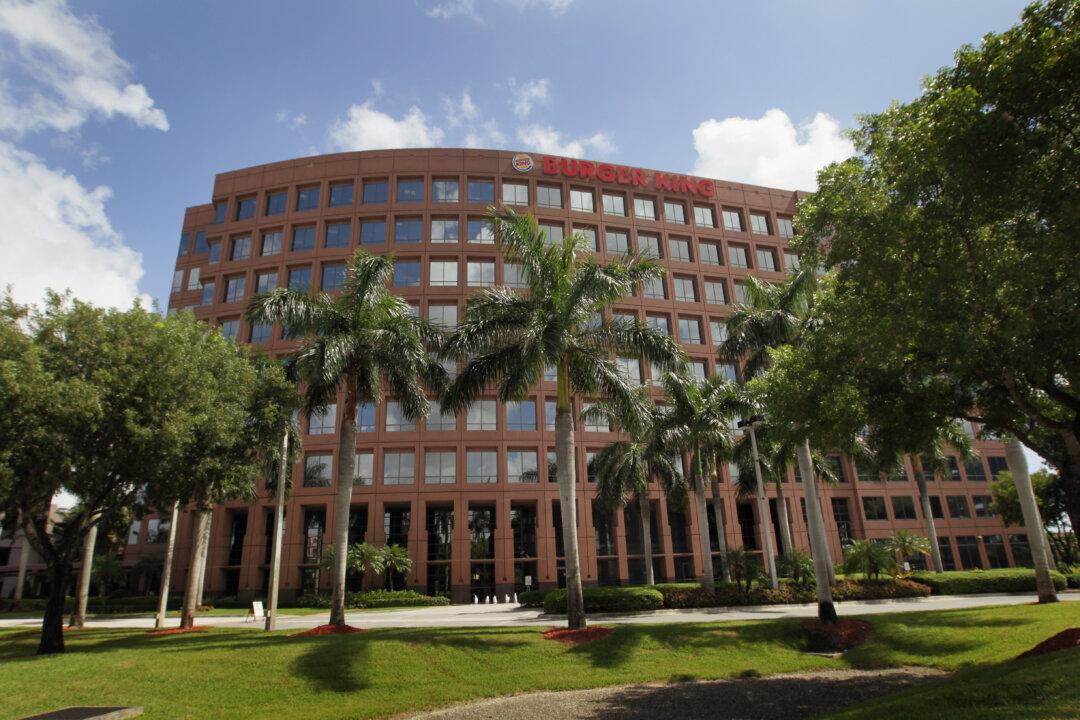The potential for U.S. business to engage with Iran can be summarized in one sentence: Iran exports crude oil but imports gasoline. Why? The Iranians lack sufficient capacity to refine their own oil for domestic use.
This bizarre fact underscores how, hemmed in by sanctions and the limited world view of their theocracy, Iranian technology and installed equipment is years, even decades, behind the West—not just in the energy sector, but across the board in most industries.
Their economy is already the biggest in the Middle East, with the exception of Turkey. And with a population of 80 million having an average middle-class income of around $13,000 per capita—a reasonable estimate despite widely fluctuating exchange rates—Iran comprises a large market, hungry for the latest technology and upgrading of its industries. The investment potential is enormous and will remain so for decades.
